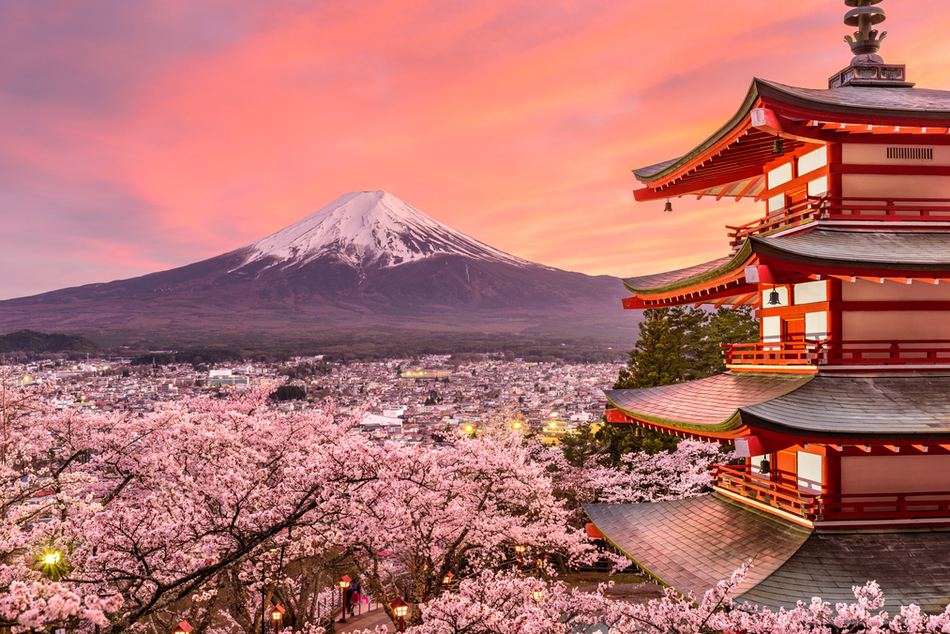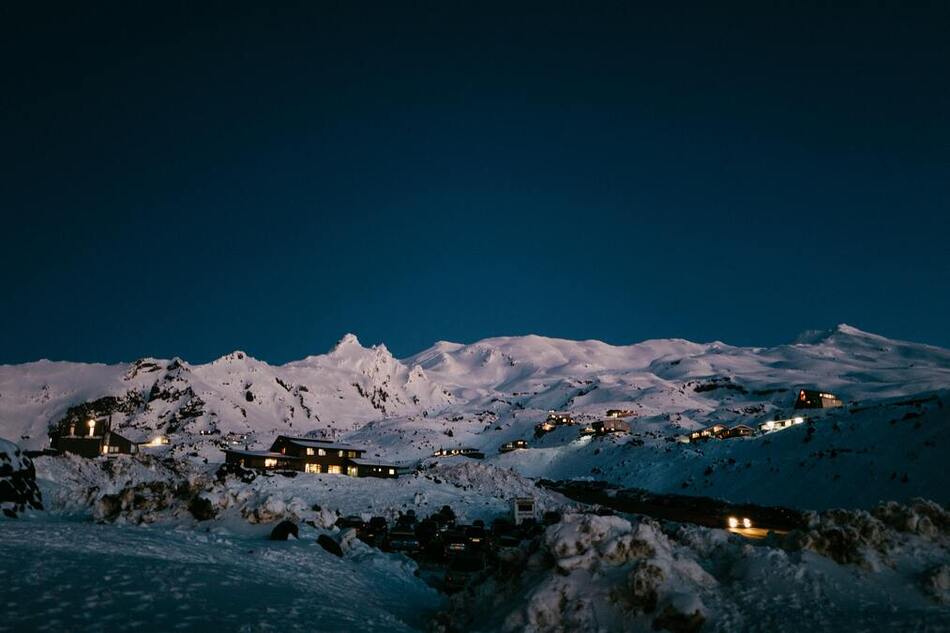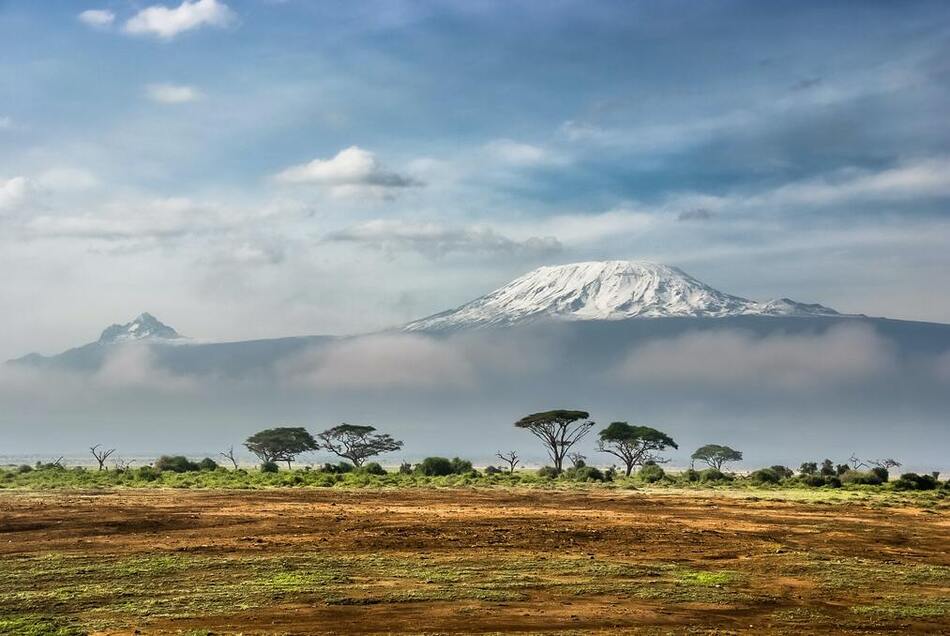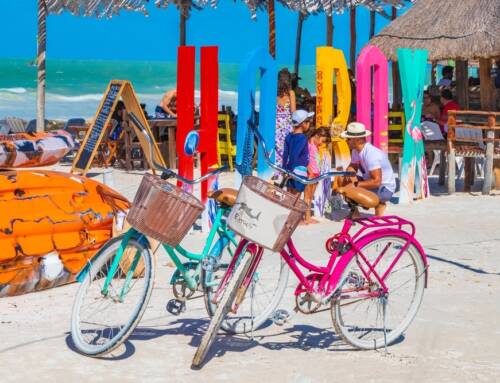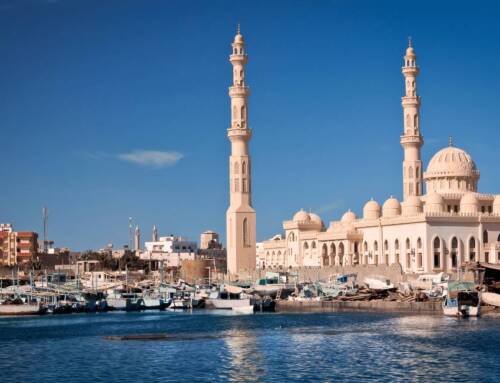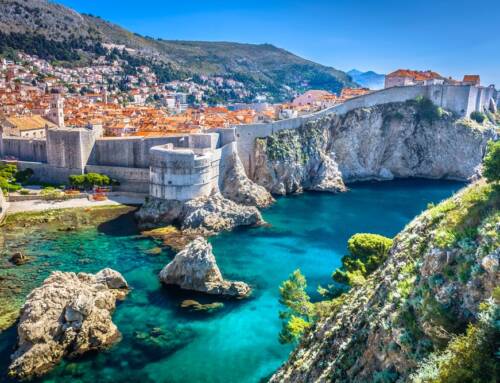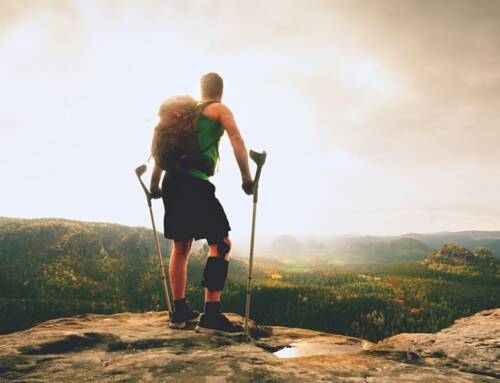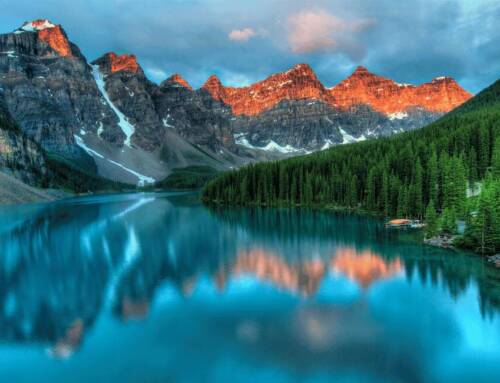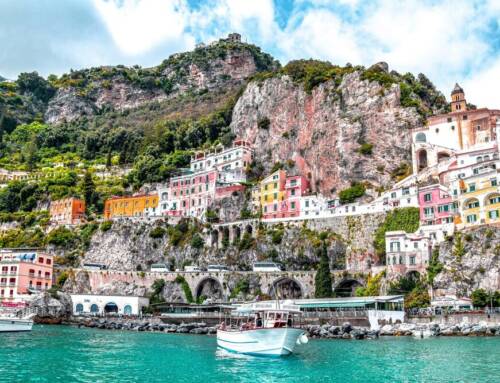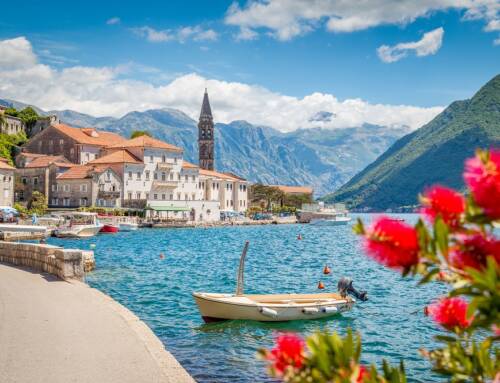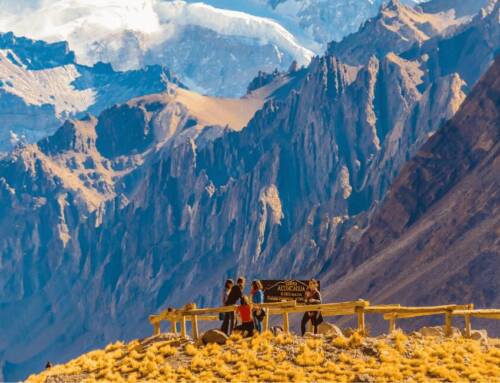People look for the best places to celebrate and spend their holidays. The holiday celebrations are filled with anticipation as various traditions apply in different countries. Choosing a destination to travel across the world involves considering factors such as climate, distance, culture, food, budget, safety, and flexibility. Looking for the most important volcanoes in the world is a great reason to choose a holiday destination.
Volcanoes are among the most visited tourist sites in the world. People enjoy seeing the fantastic scenery, taking photographs of the eruption, and watching the beautiful sunsets. There are about 1,350 active volcanoes in the world. We have many accessible alps in near and far-flung destinations that are becoming very popular to visit and plan holidays. If you love the majesty of nature’s work, we have compiled the 15 most famous volcanoes in the world in this article. Volcanoes are known for their hiking trails, breathtaking views, and sheer size.
Index
- Mount Fuji, Japan
- Eyjafjallajökull, Iceland
- Mauna Loa, Hawaii
- Pico de Fogo, Cape Verde
- Mount Teide, Tenerife, Spain
- Pacaya, Guatemala
- Villarrica Volcano, Chile
- Mount Etna, Italy
- Shishaldin, Alaska
- Krakatoa, Indonesia
- Mount Ruapehu, New Zealand
- Mount Vesuvius, Italy
- Tajogaite Volcano, La Palma, Spain
- Taal Volcano, Philippines
- Mount St. Helens, Washington
- Mount Kilimanjaro, Tanzania
- Always travel insured with Heymondo
Mount Fuji, Japan
Mount Fuji is located on the island of Honshū and is the highest mountain in Japan with a summit elevation of 12,389 ft. Considered a stratovolcano that last erupted from 1707 to 1708, it was added to the World Heritage List as a Cultural site in 2013.
With its graceful conical form, Mount Fuji has become famous worldwide, and the Japanese consider it sacred. It is one of Japan´s “Three Holy Mountains”, revered by tradition in Japan; a cultural icon of Japan often depicted in art and photography. You might want to visit the supervolcano during one of your holiday seasons.
Eyjafjallajökull, Iceland
Eyjafjallajökull is located north of Skógar and west of Mýrdalsjökull, in Iceland, and has a summit elevation of 5,417 ft. The volcano has a glacier that covers its caldera. It is considered a stratovolcano, and it last erupted in 2010. Although the 2010 eruption led to the cancellation of many flights owing to cloudy skies, it was declared officially over in October, of the same year. The supervolcano has erupted relatively frequently since the Last Glacial Period.
Eyjafjallajökull glacier is the sixth largest and among the oldest glaciers in Iceland. It is situated on top of the Eyjafjallajökull supervolcano and covers an area of 78 km². It is best for remote nature experience and family stay. You can visit the supervolcano for physical activity or enjoy the fascinating scenery.
Mauna Loa, Hawaii
Mauna Loa is among the five volcanoes that form the Island of Hawaii, in the Pacific Ocean, with a peak of about 125 ft high. The supervolcano’s most recent eruption occurred from March 24 to April 15, 1984. In Hawaii, Mauna Loa” means “Long Mountain”. The characteristics of the supervolcano include non-explosive magma eruptions and relatively shallow slopes. People drive around the summit when there are no active magma flows.
Mauna Loa is the largest subaerial volcano in both mass and volume. The volcano has historically been considered the largest volcano on Earth.
Pico de Fogo, Cape Verde
Pico de Fogo, located on the Island of Fogo, is a hotspot volcanic island in Cape Verde. The volcano’s peak rises 9,281 ft. above sea level. It is an active stratovolcano, and the main cone last erupted in 1680. However, other eruptions occurred in 1951, 1995, and 2014. The residents must evacuate whenever the volcano threatens to erupt.
People use Pico de Fogo slopes to grow coffee and its magma as a building material. Near its peak is a caldera, inside which is a small village, Chã das Caldeiras. The destination is best for mountain and ocean views, hiking lovers, and Island explorers.
Mount Teide, Tenerife, Spain
Mount Teide is a volcano located on the island of Tenerife, in the Canary Islands, Spain. Its summit rises to 12,188 ft., the highest point in Spain, and above sea level in the islands of the Atlantic. Teide is an active volcano whose last eruption occurred in 1909.
UNESCO and NASA describe Mount Teide as the third-tallest volcanic structure on Earth. The Teide National Park was named a World Heritage Site by UNESCO in 2007.
Pacaya, Guatemala
Pacaya volcano is located 30 kilometers southwest of Guatemala City and close to Antigua. It is an active complex volcano that rises 8,373 ft. Having been dormant for over 70 years until it began erupting vigorously in 1961 and has been frequent ever since. It has magnificent views and fascinating attractions.
People practice Volcano Boarding on the craters of Pacaya. A popular Guatemala Impact Marathon that pioneered the use of a running route across the magma field, was created.
Villarrica Volcano, Chile
The volcano is a stratovolcano that rises 9.383 ft. and is located 750 km south of Santiago. Villarrica is one of a small number in the world, known to have an active magma lake within its crater with its lava of basaltic-andesitic composition. Amongst other areas, the volcano is shielded within Villarrica National Park. You can receive guided ascents during the summer months.
Mount Etna, Italy
Mount Etna stands on the east coast of Sicily, Italy, in the Metropolitan City of Catania. It is among the tallest active volcanoes in Europe, with a height of 11,014 ft. Mount Etna’s most recent eruption occurred in 2021, increasing its pinnacle by about 100 ft.
Mount Etna is by far the largest of the three active volcanoes in Italy. Only Mount Teide on Volcano Tenerife in the Canary Islands surpasses Etna in the rest of the European–North-African region west of the Black Sea. The top temperatures tend to drop considerably, hence, tourists should wear warm attire when intending to climb the alp.
Shishaldin, Alaska
The location of Shishaldin is on Unimak Island in the Aleutian Islands chain of Alaska. It is the highest mountain peak of the Aleutian Islands, rising 6,500 ft., and almost entirely covered by glacial snow and ice. The volcano is the westernmost of the three large stratovolcanoes along an east-west line in the eastern half of Unimak Island.
The stratovolcano is the most symmetrical cone-shaped glacier-clad large mountain on Earth, with topographic contour lines that are nearly perfect circles. The National Park Service designated Shishaldin volcano a National Natural Landmark in 1967.
Krakatoa, Indonesia
Krakatoa is a caldera in the Sunda Strait between the islands of Java and Sumatra in the Indonesian province of Lampung. It is part of a volcanic island group comprising four islands. You can explore Baluran National Park, measuring over 50,000 hectares, and inside an eroded supervolcano cone.
In 1927, a fourth island, Anak Krakatoa, or “Child of Krakatoa”, emerged from the caldera formed in 1883. There has been new eruptive activity since the late 20th century, with a large collapse causing a deadly tsunami in December 2018.
Mount Ruapehu, New Zealand
Mount Ruapehu is located at the southern end of the Taupō Volcanic Zone and the North Island volcanic plateau in New Zealand. It is the largest active stratovolcano, with the highest point on the North Island, rising 9.177 ft. The deep active crater between the peaks fills with water between major eruptions, known as Crater Lake.
The volcano exists within Tongariro National Park. The North Island’s major ski resorts and only glaciers are located on Mount Ruapehu’s slopes. Self-explorers and those wishing to reach the summit can visit this fascinating site.
Mount Vesuvius, Italy
Mount Vesuvius is located on the Gulf of Naples in Campania, Italy. It is among the several volcanoes forming the Campanian volcanic arc. The volcano is the only one on Europe’s mainland to have erupted within the last hundred years. This volcano is considered one of the most dangerous volcanoes in the world, because of the population of 3,000,000 people living near enough to be affected by an eruption. Among them, 600,000 live in the danger zone, making it the most densely populated volcanic region in the world.
It has a tendency towards violently explosive eruptions, which are now known as Plinian eruptions. In AD 79, the eruption of Mount Vesuvius destroyed the Roman cities of Pompeii and several other settlements.
Tajogaite Volcano, La Palma, Spain
Tajogaite Volcano is located in the municipality of El Paso on the island of La Palma, Canary Islands. It is an active volcano and also a monogenetic one, that originated in an eruption that began on September 19, 2021, the most recent on the island and in the national terrestrial geography. It stopped on December 13, 2021, after 85 days of activity, the longest historical eruption recorded on the island and the third in the archipelago.
Tajogaite is the name given to an area of the island of La Palma volcano belonging to the municipality of El Paso and located south of Los Romanciaderos, close to Montaña Rajada. The Tajogaite rock is a great insulator and helps keep the lava beneath it, hot and liquid for years to come, making it difficult to restore the area.
Taal Volcano, Philippines
In the province of Batangas, about 50 kilometers south of Manila, the capital of the Philippines, is Taal volcano. It is a caldera filled by Taal Lake and the second of the most active volcanoes in the country.
Taal Volcano has 38 recorded historical eruptions, all concentrated on Volcano Island, near the middle of Taal Lake. Its violent eruptions have caused deaths on the island and its surroundings. Because of its proximity to populated areas and its eruptive history, the volcano was designated a Decade Volcano, worthy of close study to prevent future natural disasters. All volcanoes in the Philippines are part of the Ring of Fire.
Mount St. Helens, Washington
Mount St. Helens is located in Skamania County, Washington. The active stratovolcano’s summit rises to 8,363 ft and is part of the Cascade Volcanic Arc, a Pacific Ring of Fire segment. The Mount St. Helens major May 18, 1980 eruption remains the deadliest and most economically destructive volcanic event in U.S. history.
In 1982, the volcano was established as the Mount St. Helens National Volcanic Monument. It is also a popular hiking spot that is climbed all year round.
Mount Kilimanjaro, Tanzania
Mount Kilimanjaro is a dormant volcano located in Tanzania. It is the highest mountain in Africa, the highest single free-standing mountain above sea level in the world: 19,341 ft., and the highest volcano in Africa and the Eastern Hemisphere. It has three volcanic cones: Kibo, Mawenzi, and Shira. Kilimanjaro is the fourth most topographically prominent peak on Earth.
It is part of Kilimanjaro National Park and is a major hiking and climbing destination. It has been the subject of many scientific studies, due to its shrinking glaciers and ice fields expected to disappear between 2025 and 2035.
Always travel insured with Heymondo
It is always important to travel with insurance. At Heymondo, we cater to all the needs of travelers locally and internationally. Offering the most comprehensive international travel insurance for trips and the most cost-effective range of coverage. We are committed to offering tailor-made travel insurance with the best value for money and a commitment to be by your side when you need it.
At Heymondo we offer the best travel insurance for single, short-term trips with already confirmed departure and return dates. You can customize the plan to the specifics of your trip by adding optional coverages or adjusting coverage limits. All the insurance plans offer coverage against COVID-19 and are ideal whether traveling alone, with friends, or with family.
The covered medical assistance includes care by emergency medical teams and specialists, complementary medical examinations, hospitalizations, treatments, surgical interventions, and medication supply. Under single-trip plans, your policy will protect you against unforeseen events that may occur during your trip, and help you solve them quickly. If you do not have insurance before traveling, you may have to cover emergency expenses or medical treatment, which can cost thousands of dollars.
Featured stories

